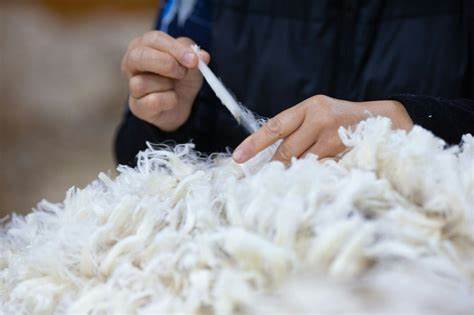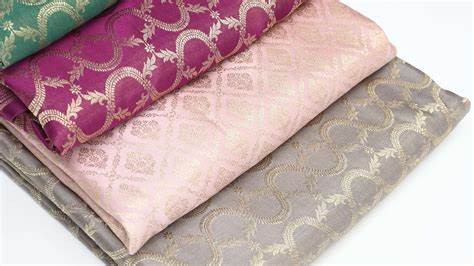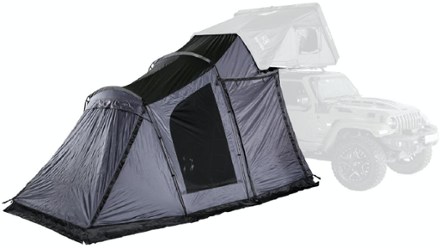How to Choose Base Layers
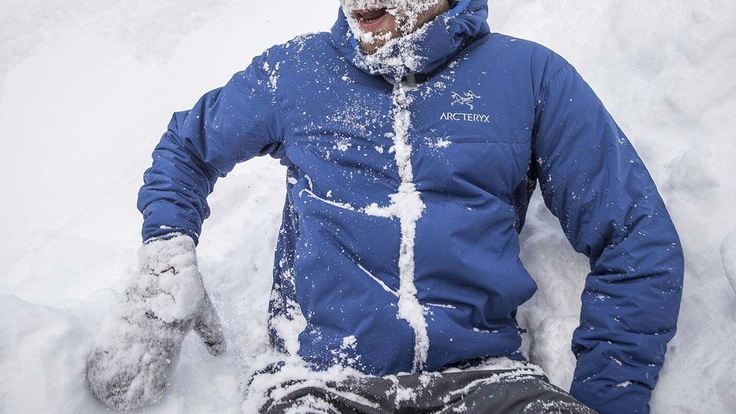
The
key to a successful outdoor layering system begins with your underwear, also
known as the base layer. The foundation of your comfort starts with the layer
closest to your skin, so choosing the right base layer is essential for staying
comfortable in varying outdoor conditions.
Here
are three main considerations when choosing your base layer:
- Material Type: The fabric you choose plays a
crucial role in keeping you comfortable. Whether you go with synthetics
like polyester or natural materials like wool, or blends, it's important
that the fabric wicks moisture efficiently-moving sweat away from your
skin to keep you dry.
- Base Layer Weight: Base layers come in a range
of weights: ultralight, lightweight, midweight, and heavyweight. Thicker
fabrics provide extra warmth, while lighter ones are better for warmer
conditions or high-intensity activities.
- Fit and Features: For a fabric to wick
properly, it needs to be in direct contact with your skin, so a snug fit
is essential. Additional features like thumbholes, partial zips, and flat
seams can add to comfort and functionality depending on your activity and
climate.
If
you're new to layering, it's also worth reading up on Layering Basics to fully understand how
to build your outdoor clothing system.
Underwear Fabrics
When
choosing a base layer, you can generally trust that garments designed
specifically for this purpose will wick moisture effectively. However, if
you're still deciding which fabric to go for, it's helpful to consider the
attributes of each fabric type. Here's a breakdown of the most common base
layer fabrics and their key features:
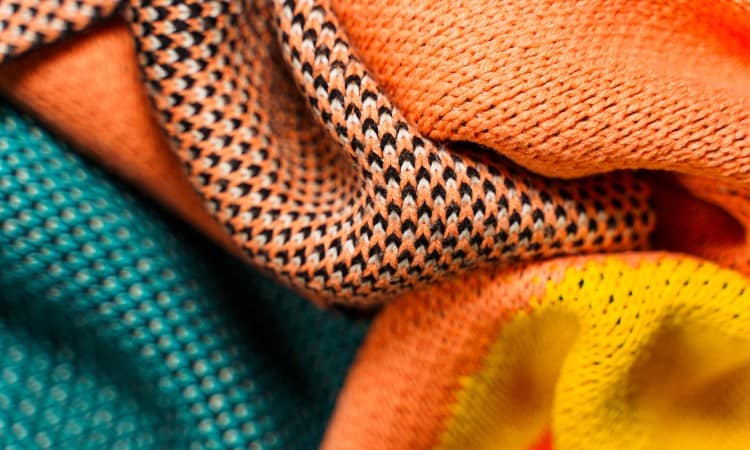
Synthetics
Synthetics,
especially polyester, are some of the most common fabrics used for long
underwear. You may also encounter nylon, polypropylene, rayon, or fabric
blends, often with a touch of spandex for added stretch. These fabrics are
known for offering a snug yet comfortable fit without being restrictive. Here
are the key characteristics of synthetic base layers:
- Super Dry: Synthetics excel at
moisture-wicking, efficiently moving sweat away from the skin to keep you
dry and comfortable. They tend to provide the driest feeling of any fabric
type, making them ideal for high-intensity activities.
- Durable: While no base layer is
completely indestructible, synthetic fabrics are among the most durable
options. They hold up well to repeated use, harsh conditions, and frequent
washing, making them a great choice for long-term wear.
- Odor Retention: Synthetics can sometimes trap
odors, but many fabrics are treated with finishes that inhibit the growth
of odor-causing bacteria. If you plan on wearing your base layer for
multiple days without washing, this feature can help manage smell, though
some tolerance for odor may still be necessary.
Synthetic base layers are a great
option for performance-driven, high-impact activities, offering excellent
moisture management and durability.
Merino Wool
Merino
wool has revolutionized the world of base layers, replacing traditional wool
with its soft, ultrafine fibers. It's not your typical itchy wool-it's
comfortable, breathable, and performs well in a variety of conditions. Merino
wool is also often blended with other fabrics like spandex to enhance
flexibility and fit. Here are the key features of merino wool:
- Wicks Well: Merino wool is good at
moisture-wicking, but it retains some moisture in its core, which helps
keep you warm without feeling damp. However, it won't feel as dry as
synthetics and takes longer to dry when wet.
- Cooling Properties: The moisture in the wool's
fibers releases when temperatures rise, providing some cooling in warm
weather. This makes it versatile for both hot and cold environments.
- Moderately Durable: Merino wool is durable, but
like all fabrics, it has its limits. If worn under layers, it can last a
long time, but if used as a standalone layer under heavy gear (like a
backpack), it may wear down quicker from constant friction. Opting for a
wool-synthetic blend can offer increased durability.
- Odor-Free: One of merino wool's standout
features is its natural resistance to odor-causing bacteria. It helps keep
your base layer smelling fresh, even after extended wear, making it a
favorite for long trips or multi-day adventures.
Silk
Silk
is renowned for its legendary softness and can serve as a surprisingly viable
base layer for more relaxed outdoor activities, like a leisurely fall hike or
an evening concert. While it may not be as rugged as other fabrics, its smooth
texture makes it a comfortable choice for low-intensity outings. Here are the
key characteristics of silk:
- Moderate Wicking: Silk does wick moisture, but
it doesn't do so as effectively as other materials like synthetics or
merino wool. If you're staying within a moderate activity level (without
raising your heart rate too high), silk should perform adequately. Some
silk base layers are treated with finishes to improve moisture management.
- Suppleness: Silk is lightweight and
incredibly soft, making it easy to layer beneath other clothing. Its fine
texture and smooth feel against the skin are major benefits. However, this
softness comes at the cost of durability-silk is not as long-lasting or
tough as synthetic or wool options.
- Odor Retention: Unlike merino wool, silk
isn't naturally resistant to odors. It tends to absorb smells and will
require washing after each wear, especially during extended use.
Ceramic/Wool
Wool
that's embedded with ceramic particles is an emerging technology in base layers
designed specifically for hot weather. The ceramic attracts body heat, then
dissipates that heat quickly to help cool your skin.
Underwear Weight
Choosing
the right weight for your base layer is essential, and it depends on your
metabolism and activity level. If you're always cold, a heavier weight might be
your best bet. If you're doing high-energy activities, like training for Nordic
skiing, go for something lighter. Here's a breakdown of the different weight
options:
- Lightweight Base Layers: Perfect for moderate to cool
temperatures, ideal for activities like running or hiking in milder
conditions.
- Midweight Base Layers: Best for cold temperatures,
offering a good balance of warmth and breathability. These are suitable
for activities like snowshoeing or winter backpacking.
- Heavyweight Base Layers: Designed for below-freezing
temps, providing extra warmth. However, your insulating middle layer will
be the primary heat source, not the base layer.
- While heavier base layers can
add warmth, remember their main role is moisture management. The primary
heat retention comes from the middle insulating layers.
Underwear Fit
For
your base layer to wick moisture effectively, it must fit snugly against your
skin. A snug fit ensures that the fabric does its job of pulling sweat away
from your body. When shopping, try on the base layer to ensure it provides the
fit you need, rather than relying solely on marketing labels like
"athletic fit."
In
warm weather, some people opt for a looser fit for better air circulation and
cooling. However, this can reduce the wicking efficiency since looser fabrics
don't stay in direct contact with the skin. Additionally, some warm-weather
base layers spread sweat over a larger surface area, improving evaporation and
cooling. So, balance the fit with your activity needs.

